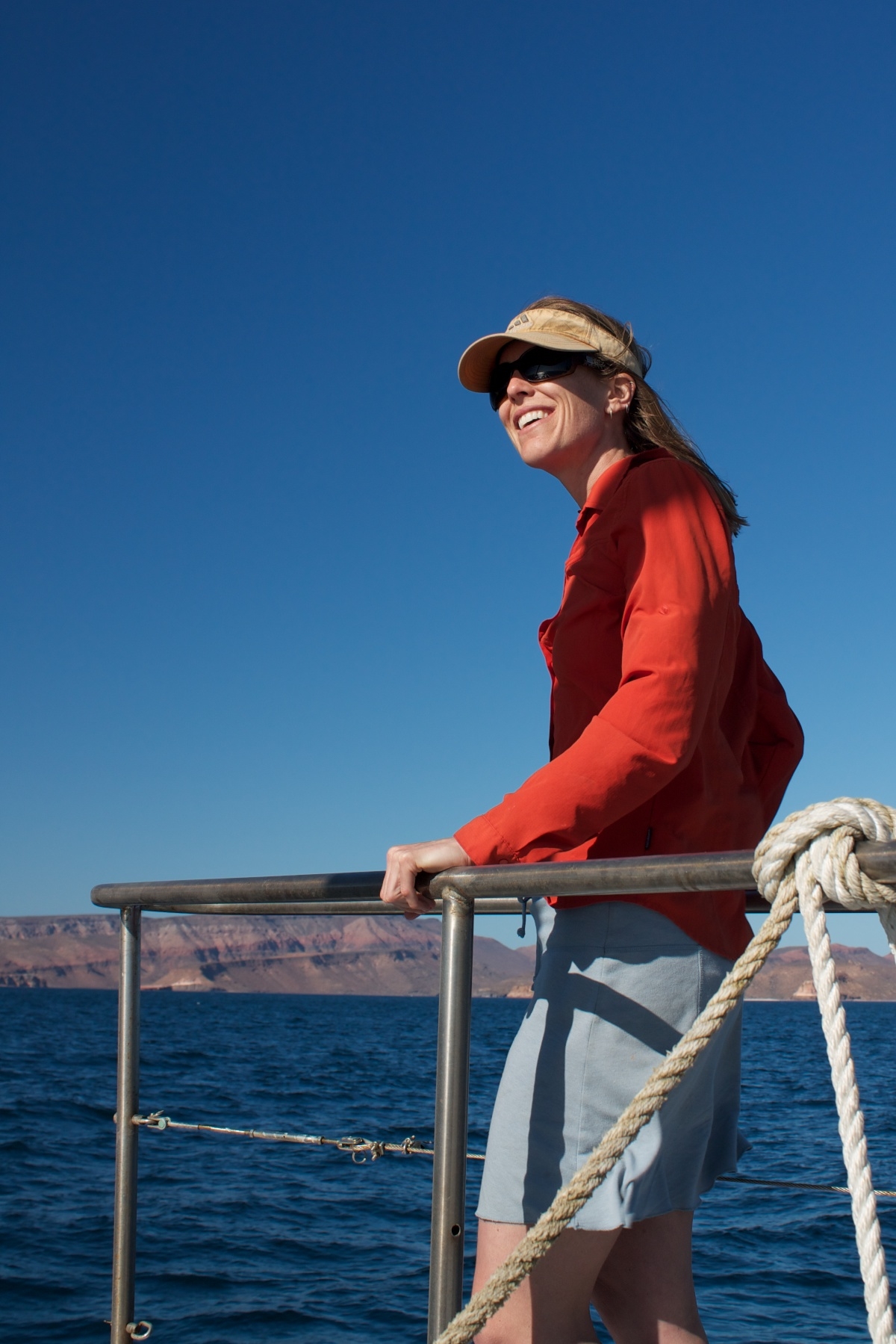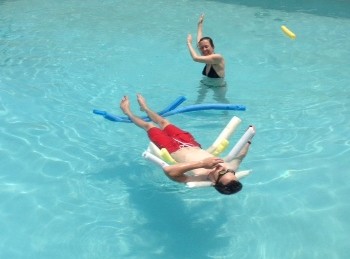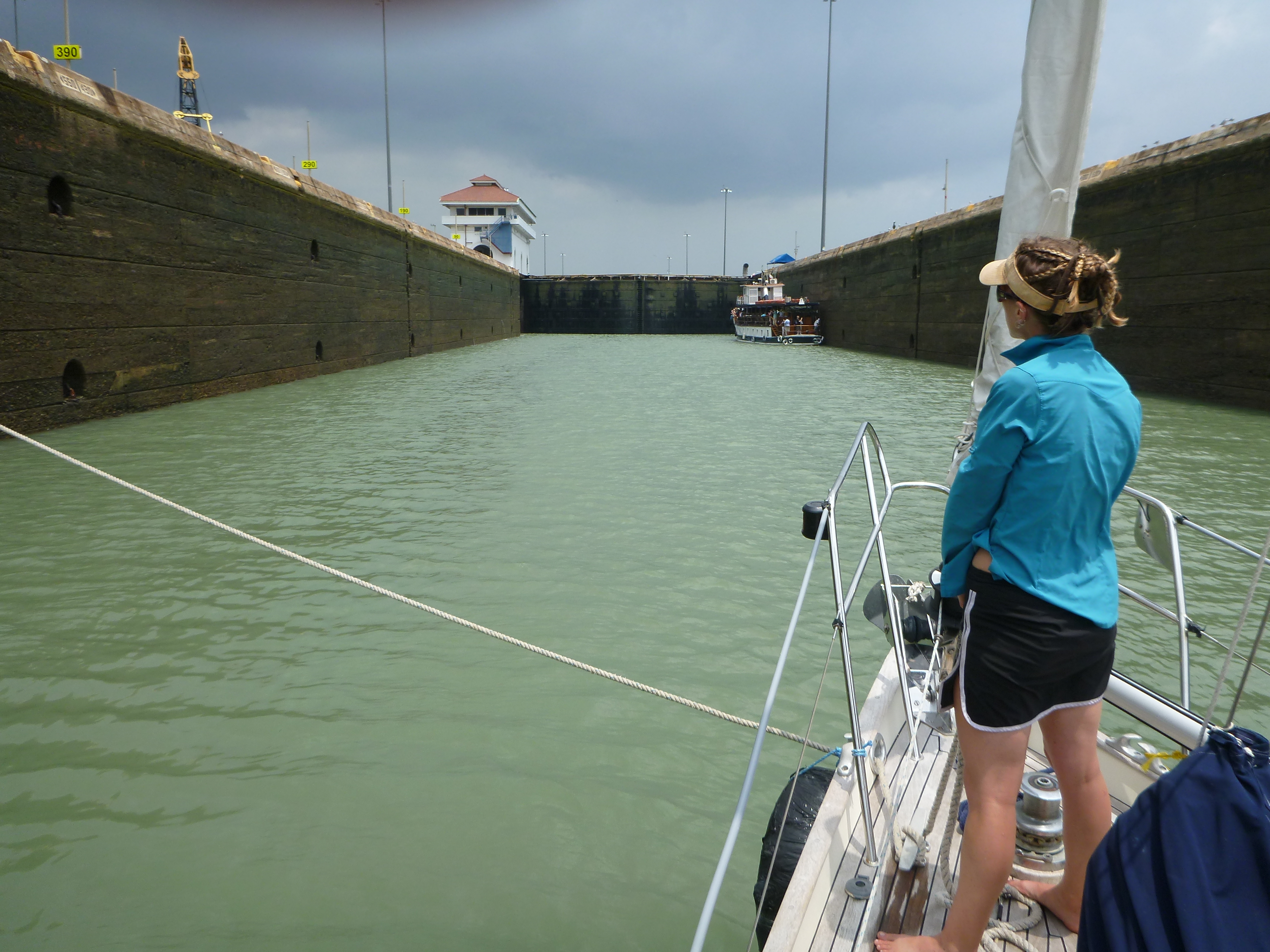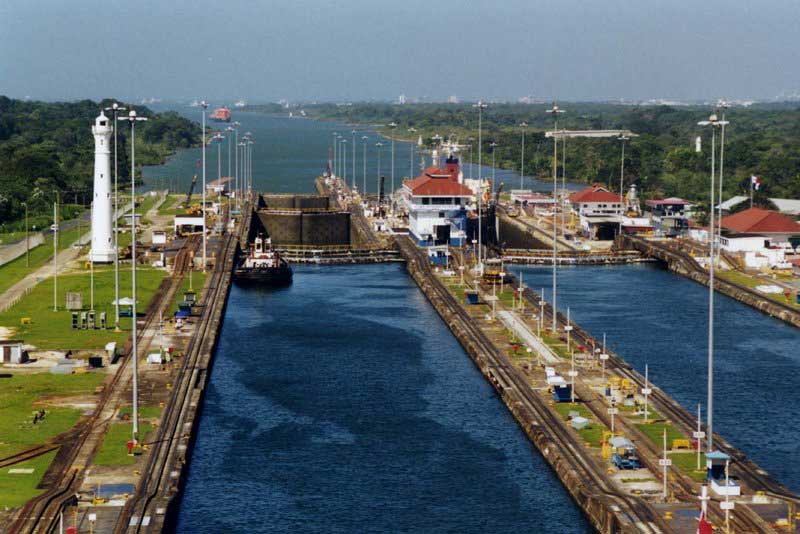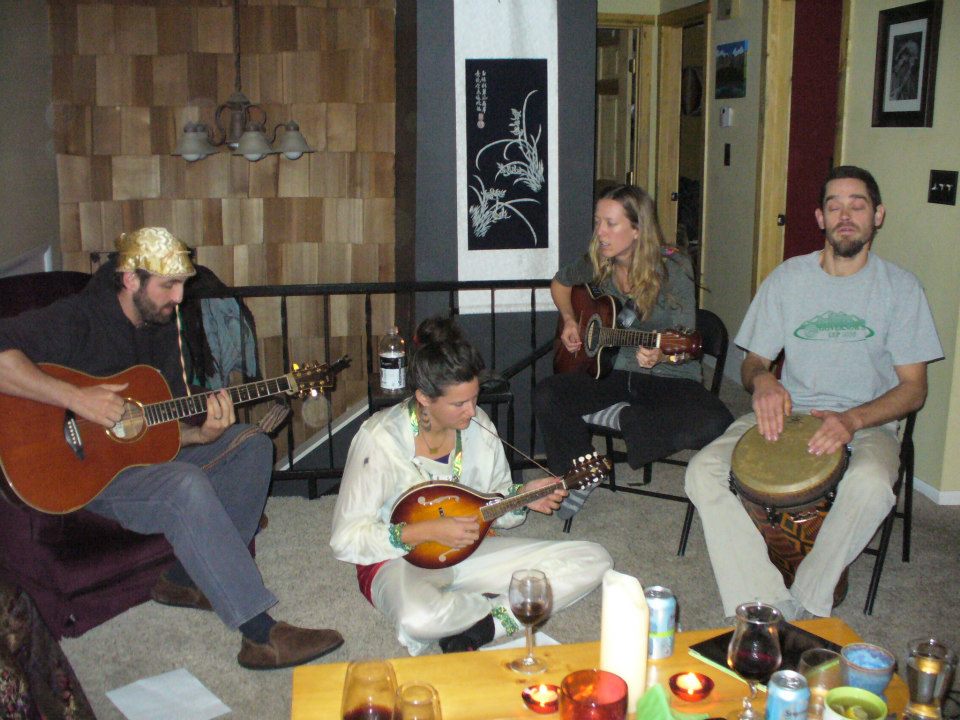Setting Sail Today
We’re leaving shore today. No more docks, stores, or easy access to electricity and freshwater. No more walks or laundry or internet for at least a month. People asked me all the time before we left home if I was scared. I wasn’t then. Today, I’m definitely nervous. But, personally, I think it’d be pretty weird if I didn’t have any butterflies in my tummy.
The skipper asked if I could envision the vast blue space we’re about to enter. I answered that I’ve been picturing it for decades, along with the emotions and attitude that vast space will invoke within me. But these visions still don’t allow me to wrap my mind around not seeing land for 30-40 days. Around not leaving Llyr’s 800 square feet, or the company of the 6 people I’m with.
Sometimes I try and picture all of us moving around our living room and kitchen in Missoula, which is about the same size. It makes me laugh, and it makes me itchy. But it also isn’t accurate, as I can’t overlay that image with the true scene at sea. I can’t predict how the wind and salt and night watches and waves and seasickness and awe and fear and excitement and irritability will factor into sharing that vast blue space and that tiny boat space.
It’ll be an adventure, that much I know for sure.
Brooks and Janis call our trip “the expedition.” I like that term, and have started calling it such in my head. Our expedition began with the Panama Canal crossing, with a brief 2-day stop in Panama City where we finished provisioning errands. Before heading out into the very vast blue, we’ll anchor a night or two in Las Perlas, a lovely set of islands 40 miles off the coast of Panama. This will let us work the kinks out of the sails, practice emergency and safety measures like hoving-to and launching the sea anchor, and get used to the pitch and roll of a boat at sea.
After that, though, it’ll be a long time without land. We may see the Galapagos as we sail north of them, but we may not. Next stop: the Marqesas Islands. When we touch soil again, we’ll be 4,000 miles west of here, and a whole lot wiser about ocean expeditions.
We’ll be setting a track with our nifty DeLorme InReach every few days. Follow our voyage on this map.

